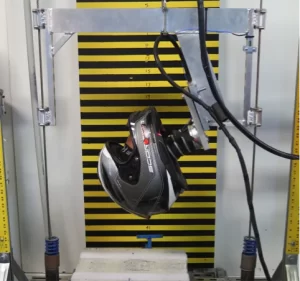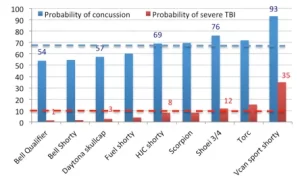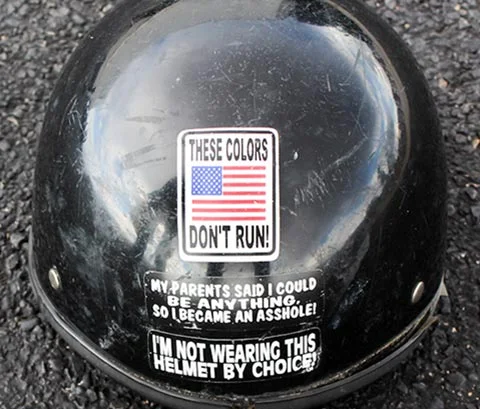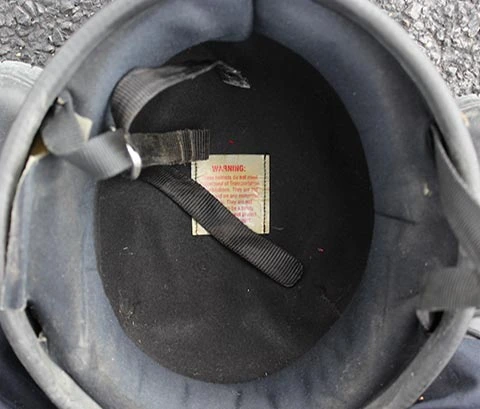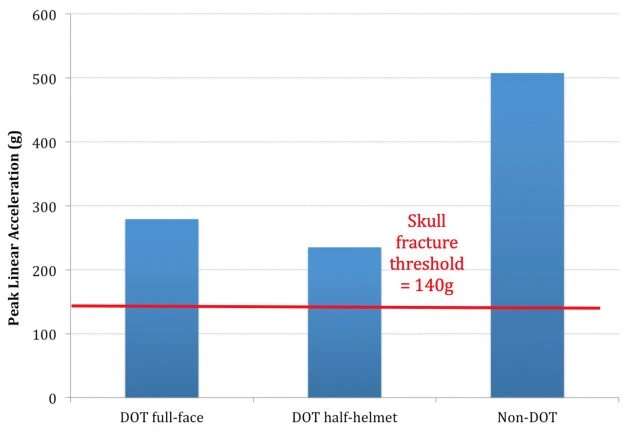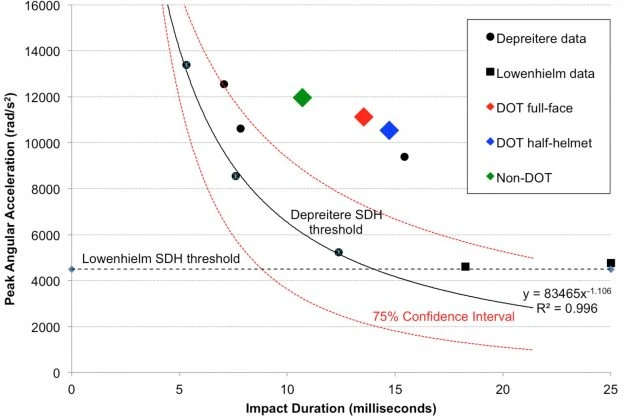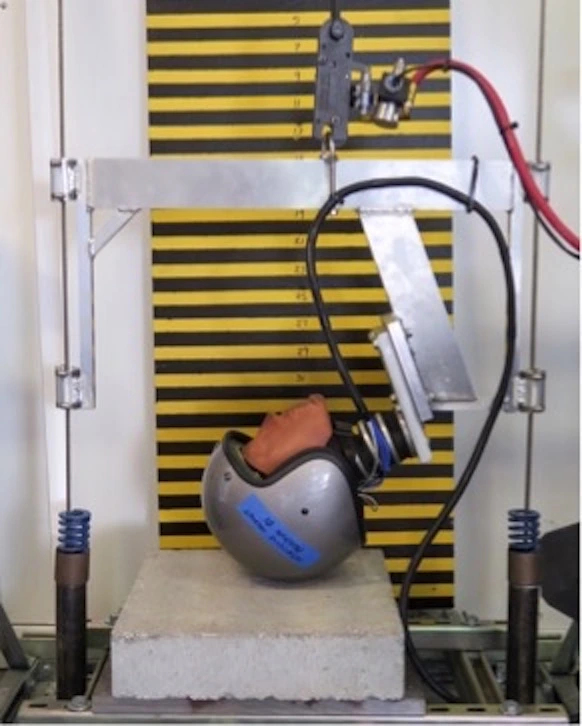Motorcycle accidents usually cause severe injuries, especially head injuries and brain injuries. Hence, helmet analysis is a key factor in a legal suit. The motorcycle helmet expert assesses how helmets perform in reducing head injuries and brain injuries as well as liability ascertainment in cases of accidents.
Dr. John Lloyd is among the top experts in the field, known extensively as an expert in motorcycle accident biomechanics and human factors. Dr. Lloyd has testified all over the United States during the last 30 years and performs scientific analyses of helmets concerning safety and accident reconstructions.
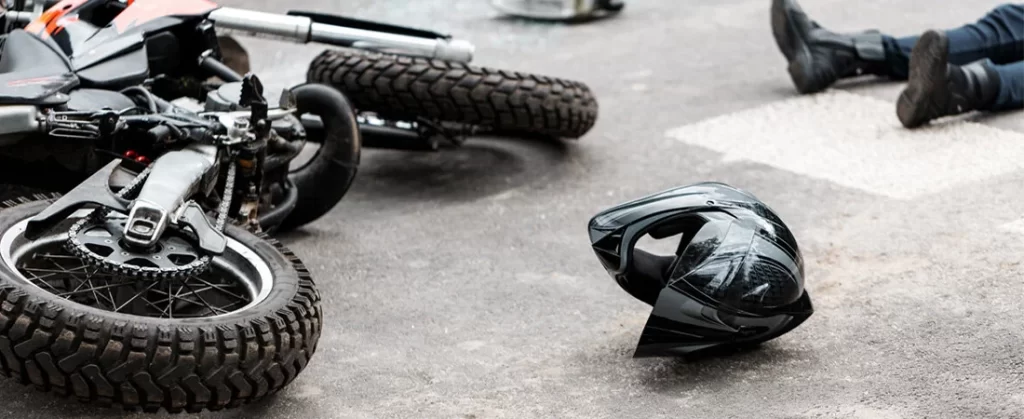
Importance of Motorcycle Helmet Expert in Accident Cases
A motorcycle helmet expert evaluates the performance of the helmet during the crash: whether or not it meets regulatory safety standards and state of the science. Assessing helmet design, integrity of the material, and impact absorption, one of the experts, Dr. John Lloyd, evaluates the the helmet effectiveness for its intended function of protecting the rider from injuries.
Evaluation of the Damage Sustained by the Helmet and the Forces of Impact
Many of the functions of the helmet expert witness include examining the helmet after a collision for damage. For example:
- Cracks, dents, and abrasions, which inform how the helmet interacted during the crash
- Impact locations as a measure of severity of head trauma.
- Compression of helmet liner analyses for insights into force absorption.
Determining Compliance with Regulatory Safety Standards
Helmets should also be manufactured to meet the safety regulations for DOT (Department of Transportation), ECE, and Snell standards. A motorcycle helmet expert will review the facts and determine whether the specific helmet met such safety requirements and standards.
Investigating Helmet Fit and Proper Usage
If a helmet does not fit well, it loses some of its protective functionality and can further enhance the risk of a serious head or brain injury. The motorcycle helmet expert examines:
- Was the rider wearing the right size helmet?
- Was the helmet secured and fastened?
- Did improper fit contribute to the severity of rider injuries?
Dr. Lloyd’s expertise assists legal teams in determining whether the helmet was misused or defective.
Testifying On the Stand
In litigation, the motorcycle crash expert presents scientific results to support claims regarding injury causation and helmet performance. Dr. Lloyd has testified in Federal, Superior, District, and Circuit courts more than 60 times. His testimony can enlighten judges and juries on the issues at stake regarding the use and abuse of helmets. can enlighten judges and juries on the issues at stake regarding the use and abuse of helmets.

Can a motorcycle helmet expert determine if a defective helmet caused injuries?
Yes. A motorcycle helmet expert can identify defects in design and manufacture, improper materials, and design flaws that contributed to injuries.
- How does helmet analysis help in accident reconstruction?
Helmet analysis yields crucial data concerning impact force, injury pattern, and crash dynamics, assisting experts such as Dr. John Lloyd in reconstructing the motorcycle accident from a scientific viewpoint. s yields crucial data concerning impact force, injury pattern, and crash dynamics assisting experts such as Dr. John Lloyd in reconstructing the accident from a scientific viewpoint.
Final Thoughts!
The motorcycle helmet expert is a significant element in any accident investigation, conducting helmet analysis regarding damage, impact, and fit. Through scientific analysis and expert testimony, Dr. John Lloyd helps to improve motorcycle safety and the settlement of accidents.


